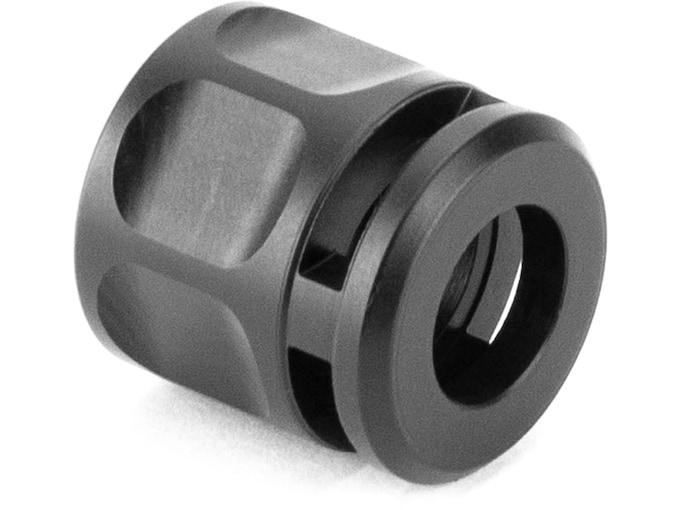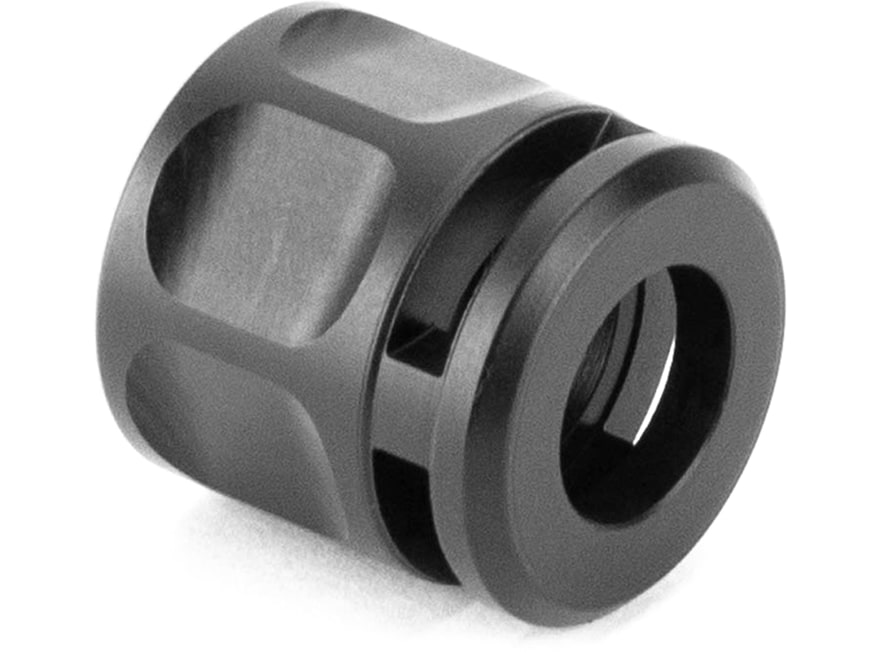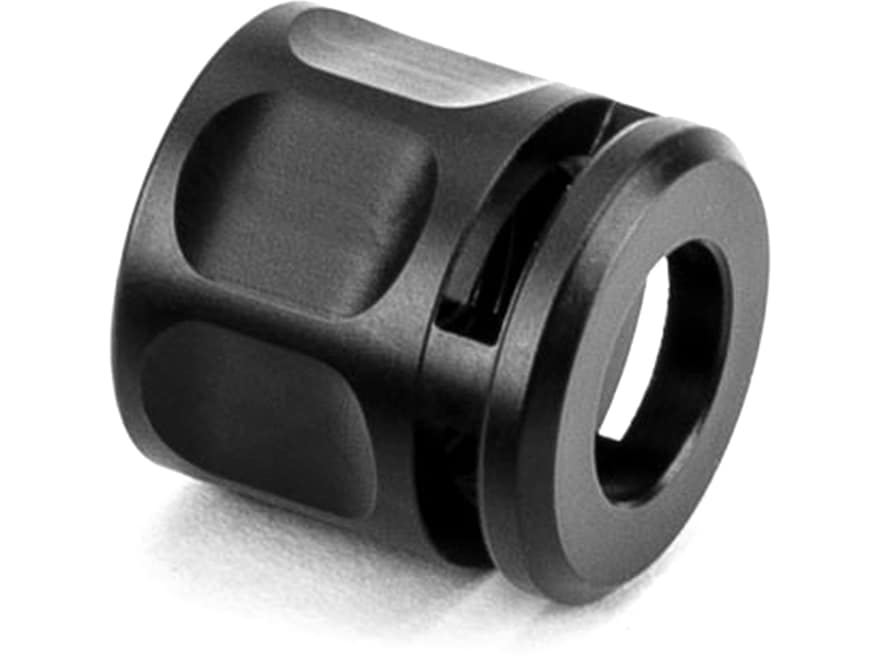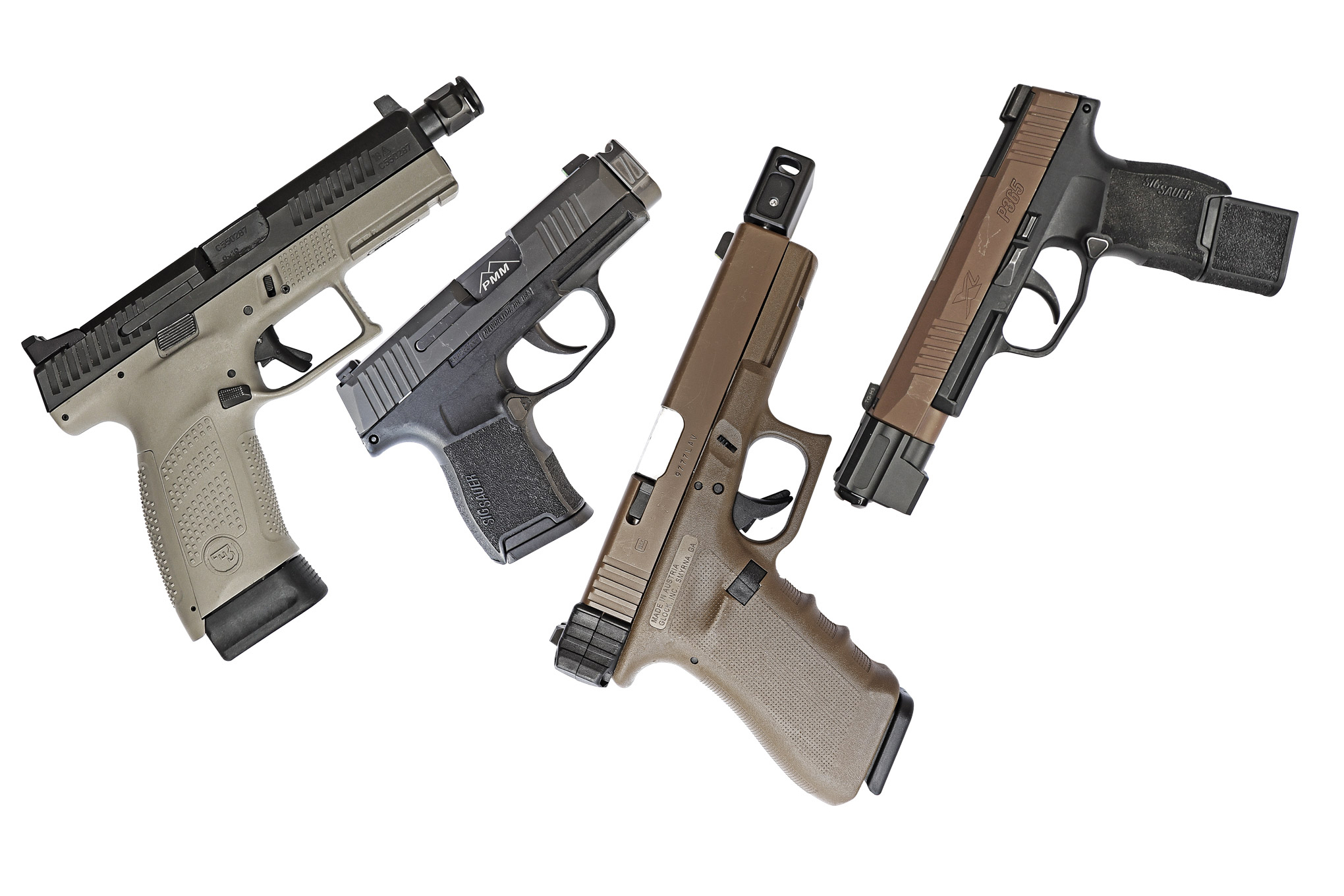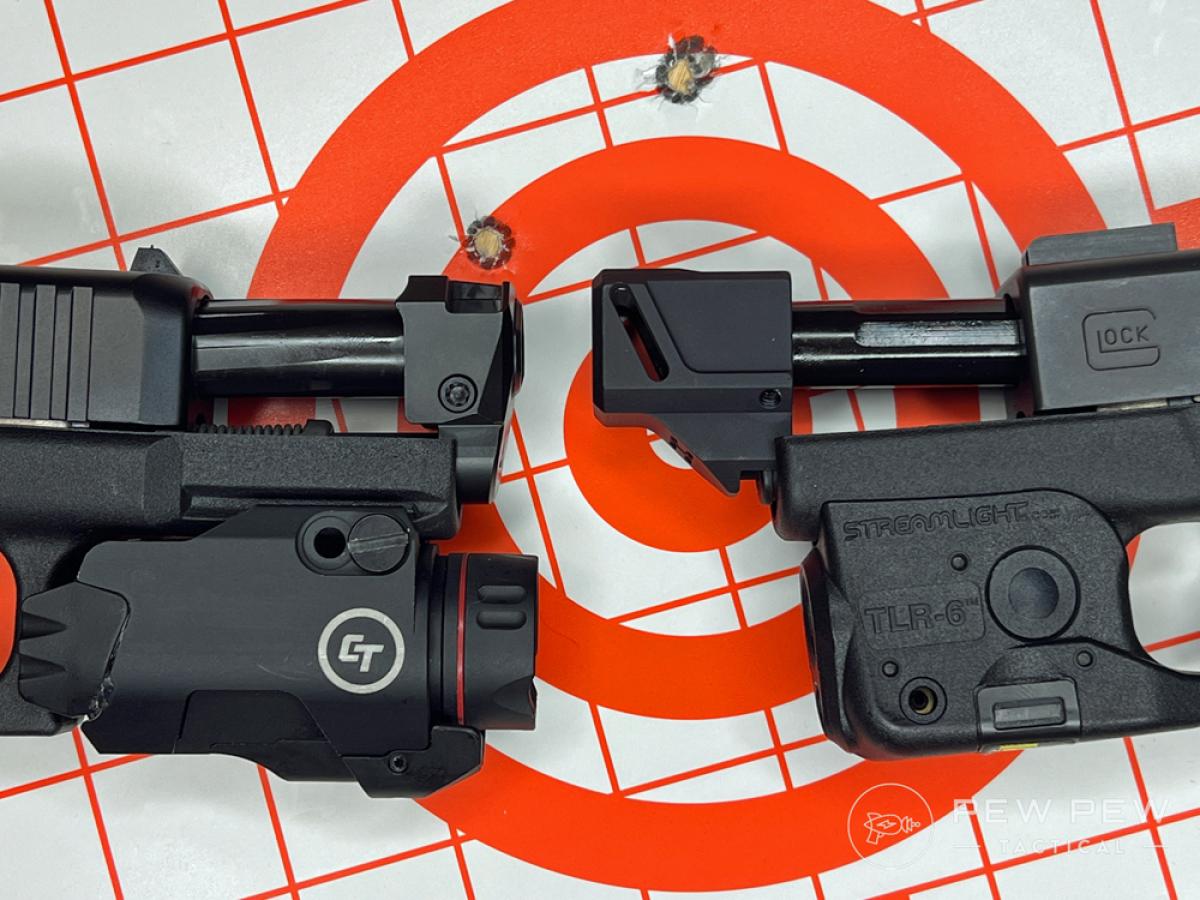That small comp on the new sig p365x-whatever got me to wondering, just how effective is a little comp? I've seen how well they work on major power factor race guns running rounds with a lot of gas to play with.
I wanted to see what the impact would be with regular 9mm that doesn't have all that gas to play with.
The test mule was a poly80 with a PSA slide, chosen because I wanted to test it's function (100%, happy about that).
I tested 3 ways:
1. nothing added
2. a 2 chamber eBay special comp
3. a sig dot plate mounted on the rail
The 3rd test was to try to rule out just the weight of the comp on there helping. The comp weighs 27g, the optic mount weighs 26g so close enough.
Ammo was some standard velocity 9mm 115gr, and Silver Bear 115gr +P+. It's HOT, runs over 1300 fps out of my G34. If anything would have some gas, it would be that.
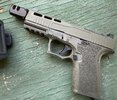
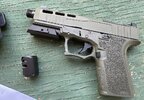
Drill was just 5 rounds fired an at USPSA target at 8 (or maybe 10, didn't measure) yards, requiring all A zone hits. Over the course of 12 runs I dropped 1 legit C and had one on the perf (there was no RO to make the call) but we're going to say that they're all good hits just to make it easy.
I ran two strings of each ammo with each device.
The draw/first shot has nothing to do with the device, so I just focused on the split times:

What's odd was the weight test runs. I kept saying the gun felt 'funny' when recoiling, and that made it a few ticks slower. Could have just been in my mind.
Watching the slow motion video, the comp does make the smoke cloud spread out and you can see the muzzle flash easier inside the comp vs. in the open air, so it is doing something, even if it's just making things look cool.
Anyway, I'll leave you to draw your own conclusions on how effective a mostly open comp would be on a 9mm using standard pressure ammo.
Unrelated, now I see how much my G34 is helping in SSP. My splits are clearly slower across the board with the poly80 G19 sized test mule.
I wanted to see what the impact would be with regular 9mm that doesn't have all that gas to play with.
The test mule was a poly80 with a PSA slide, chosen because I wanted to test it's function (100%, happy about that).
I tested 3 ways:
1. nothing added
2. a 2 chamber eBay special comp
3. a sig dot plate mounted on the rail
The 3rd test was to try to rule out just the weight of the comp on there helping. The comp weighs 27g, the optic mount weighs 26g so close enough.
Ammo was some standard velocity 9mm 115gr, and Silver Bear 115gr +P+. It's HOT, runs over 1300 fps out of my G34. If anything would have some gas, it would be that.


Drill was just 5 rounds fired an at USPSA target at 8 (or maybe 10, didn't measure) yards, requiring all A zone hits. Over the course of 12 runs I dropped 1 legit C and had one on the perf (there was no RO to make the call) but we're going to say that they're all good hits just to make it easy.
I ran two strings of each ammo with each device.
The draw/first shot has nothing to do with the device, so I just focused on the split times:

What's odd was the weight test runs. I kept saying the gun felt 'funny' when recoiling, and that made it a few ticks slower. Could have just been in my mind.
Watching the slow motion video, the comp does make the smoke cloud spread out and you can see the muzzle flash easier inside the comp vs. in the open air, so it is doing something, even if it's just making things look cool.
Anyway, I'll leave you to draw your own conclusions on how effective a mostly open comp would be on a 9mm using standard pressure ammo.
Unrelated, now I see how much my G34 is helping in SSP. My splits are clearly slower across the board with the poly80 G19 sized test mule.
Last edited:


